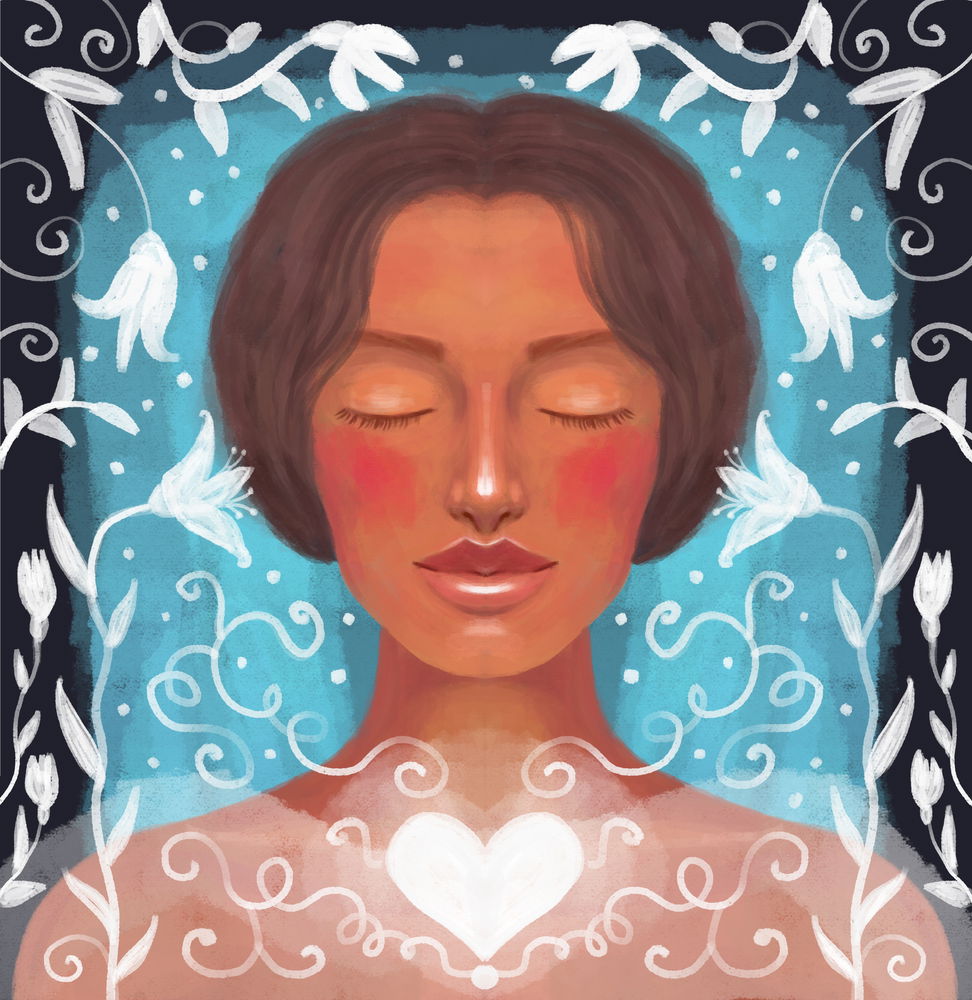 Coming Home to Her: 5 Ways to Awaken the Sacred Feminine Within
Coming Home to Her: 5 Ways to Awaken the Sacred Feminine Within

We live in a world that moves fast. This is a world that values rationality, diligence, and tangible achievements. And while there’s strength in discipline and action, something essential often gets lost in the noise: the sacred feminine. There is a quiet, deeply rooted energy within all of us—regardless of gender—that speaks through emotion, intuition, softness, and connection. It’s not something to “achieve” but something to remember.
Reconnecting with the divine feminine isn’t about rejecting the masculine. It’s about returning to balance. It’s about creating space for tenderness in a world obsessed with toughness, about listening inward when the world demands we perform outward. And most of all, it’s about choosing to honor the full, complex beauty of being human.
Here are five soul-nourishing ways to begin that journey inward—toward the part of you that already knows how to feel, flow, and lead with love.

1. Speak the Language of the Heart: Let Yourself Feel, Fully
Somewhere along the way, many of us were taught that emotions are a weakness. That crying is embarrassing, that sensitivity is “too much,” and that pain should be pushed aside in favor of keeping it together.
But the truth? Your feelings are sacred. They’re not messes to be cleaned up—they’re messages to be listened to.
Whether it’s a wave of grief, a flicker of joy, or the ache of longing, emotions are how your soul speaks. The divine feminine doesn’t ask you to fix your feelings. She asks you to feel them. To sit with them. To allow them to move through you like water, instead of bottling them up like explosives.
Let yourself cry without explanation. Laugh too loudly. Journal your anger, dance your heartbreak, scream into a pillow if you have to. Whatever helps it move—let it. In doing so, you make space. And in that space, healing begins.
The more you let yourself feel, the more you reconnect with your own truth. And that truth? It’s the sacred ground where the feminine rises.